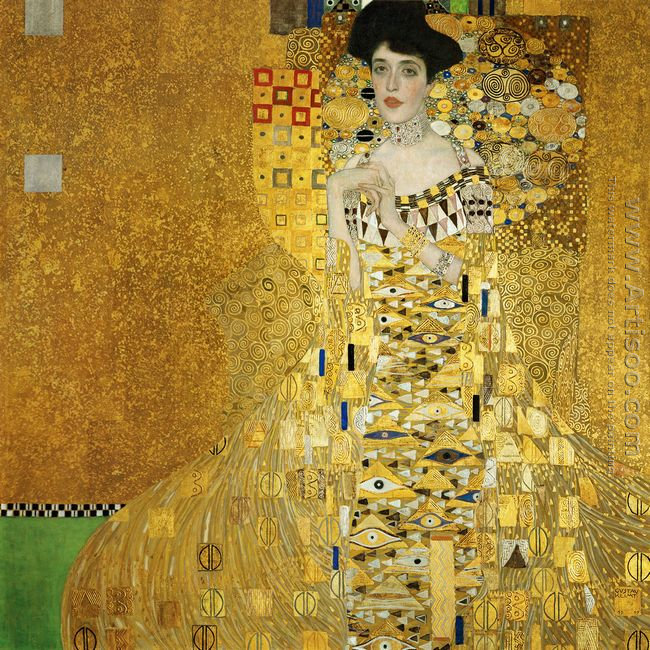Entryway
The entryway must communicate warmth and openness, allowing easy access for all guests. As the Spirit of Design website says, the entryway is the Mouth of Qi, which draws life force energy inside. Thus, a comfortable waiting area, with ample room for other guests to enter and exit the building, creates a great first impression. However, it should be separate from the main dining space to create a transition zone, so new guests don't feel that everyone is watching them, says Sally Fretwell in "Feng Shui: Back to Balance." Decorate the entryway with artwork or other interesting items that fit with the restaurant's theme, suggests the Spirit of Design website.
Layout
The layout should create the feeling of openness as well, with wide-enough aisles for people to move through the restaurant without disturbing diners, as the Spirit of Design website says. Also, arrange tables so people can easily navigate to the restrooms or exit without walking through a maze of tables. Likewise, in the kitchen, make sure people have ample space to work safely and well, and always make safety a first priority. Furthermore, the entire layout of the restaurant should afford a sense of balance, say Regina S. Baraban and Joseph F. Durocher in "Successful Restaurant Design." A fairly symmetrical building and outdoor environment will maintain this equilibrium.
Acoustics
In many restaurants, people have to struggle to hear each other, which doesn't create a harmonious environment. Use strategies such as smaller rooms that flow into each other, or large wall hangings, to absorb sound and allow for easy communication.
Colors
Warm colors like orange, red and pink increase appetite and conversation, says Fretwell. They also create a welcoming environment that helps people to feel relaxed. According to Lillian Too in "Lillian Too's Easy-to-Use Feng Shui," blue colors, as well as water elements like fountains, encourage people to consume more alcohol. Consider how this relates to your priorities, minimizing or maximizing these elements as desired.
Lighting
Soft lighting enhances the comfortable, welcoming feel that warm colors create. A restaurant using feng shui principles should use lighting that has a soft glow, but allows people to see each other and their surroundings well. Candles create a romantic mood, while softly brightening the immediate environment, which can create a comfortable feeling of semiprivacy.
Other Elements
Well-placed mirrors and artwork can contribute to a restaurant's ambiance. Make sure mirrors reflect pleasant scenery, and consider using them to create the effect of a larger room. Artwork that features scenes of people happily interacting creates a welcoming environment, as Fretwell says. Always choose elements that correspond with the style of your particular restaurant.


